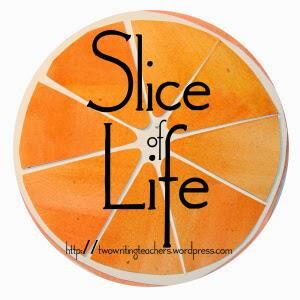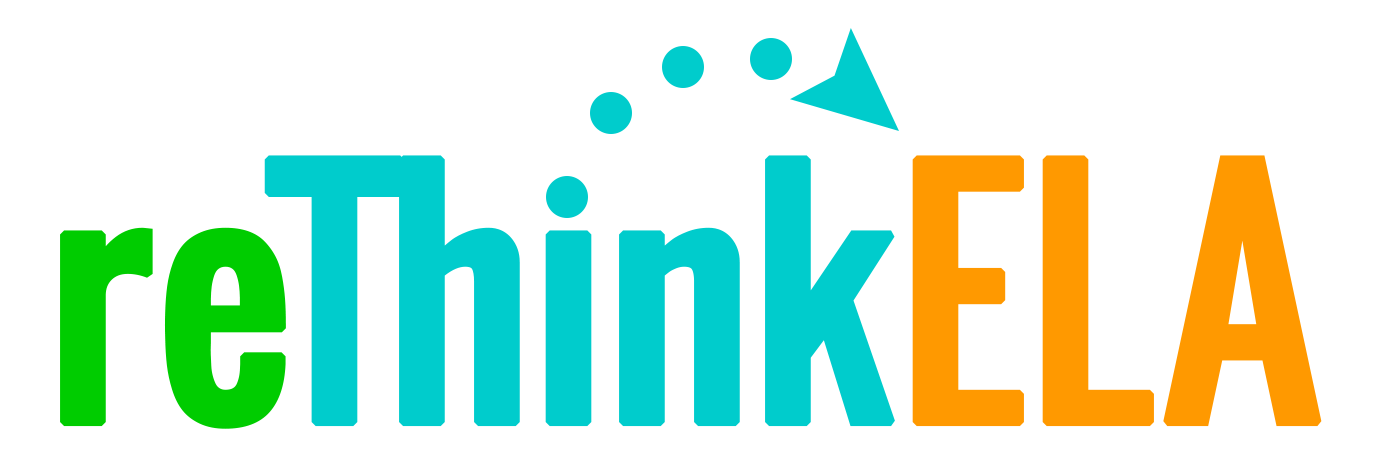 In the next few weeks, I will be starting a poetry unit with my students. Naturally, we’ll discuss rhythm and rhyme as we study various 6th and 7th grade level poems. That said, it’s always a good idea to start out where students are —
In the next few weeks, I will be starting a poetry unit with my students. Naturally, we’ll discuss rhythm and rhyme as we study various 6th and 7th grade level poems. That said, it’s always a good idea to start out where students are —
I had never heard this song until my daughter shared it with the family last night at the dinner table. Needless to day, I’m the big fat mama llama in this house… Anyway… Once I heard that song, I knew it would be a fun opener for my poetry unit that I’m starting in a week or two. If the kids already know the song, they’ll be on board instantly. If not, the sheer irresistibility of it should win them over. Once the students have gotten over the excitement of doing the hand motions and singing along, you can talk to them about how rhythm and rhyme help people remember words and information. You can even throw in a new vocabulary term: Earworm. Speaking of earworms, I also remembered the Quack Quack Waddle Waddle song. My 6th and 9th grader loved this song when they were little, and I’ll bet some of your students might even have loved it, too. Nothing like a familar and fun song to get their attention:
It’s a little young for middle schoolers, but I think they’ll still love it. But you be the judge. Once you’ve introduced them to the concept that musical lyrics are poetry, and poetry is fun, you can start reviewing metaphor, simile, and other types of figurative language with them. Keep reminding them that their favorite musical artists are poets, and they use the same techniques that poets have used for centuries to embed verses into our heads. If you’re already familiar with school-appropriate songs that you know your kids love, choose a few, print out the lyrics and hand them out to the students. Read over the lyrics and see how long it takes the kids to realize it’s one of their favorite songs. Once that happens, analyze the figurative language. You can have them underline metaphors, circle similes, identify and label the rhyme schemes etc. Once you’ve done the hard work, I recommend rewarding the students by showing them the video (if it’s school appropriate) of the song. Personally, I prefer to choose uplifting songs that have a great message, along with an awesome beat. Here are some of my suggestions:
Gold by Britt Nicole
[prettyfilelink size=”15 kB” src=”https://www.rethinkela.com/wp-content/uploads/2015/03/Gold.docx” type=”doc”]Gold by Britt Nicole[/prettyfilelink]
Deeper Than The Holler by Randy Travis
If you have country music fans in your class, this is the perfect song! Lots of metaphor and simile an be found by your little chickadees. [prettyfilelink size=”13 kB” src=”https://www.rethinkela.com/wp-content/uploads/2015/03/Deeper-Than-The-Holler.docx” type=”doc”]Deeper Than The Holler[/prettyfilelink] [prettyfilelink size=”103 kB” src=”https://www.rethinkela.com/wp-content/uploads/2015/03/MetaphorPowerPointMyloveisdeeperthanaholler.ppt” type=”ppt”]Metaphor PowerPoint My love is deeper than a holler[/prettyfilelink]
Just The Way You Are by Bruno Mars
[prettyfilelink size=”14 kB” src=”https://www.rethinkela.com/wp-content/uploads/2015/03/Just-The-Way-You-Are.docx” type=”doc”]Just The Way You Are[/prettyfilelink]
Where’s The Love by The Black-Eyed Peas
The 6th grade English teachers at Curtis Inge Middle School in Noble taught this song as the lead-in to their Tulsa Burning by Anne Myers unit. I think it’s a perfect segue from my poetry unit to my end-of-year novel unit over the same book. It also has a very good question for the students to discuss. [prettyfilelink size=”16 kB” src=”https://www.rethinkela.com/wp-content/uploads/2015/03/Where-Is-The-Love.docx” type=”doc”]Where Is The Love[/prettyfilelink]
Roar by Katy Perry
http://youtu.be/9dgng_ekbV0
Skyscraper by Demi Lovato
You’re A Mean One, Mr. Grinch
Feeling the Christmas spirit — or not? This song is full of metaphor and simile, and the kids will love it!
Compilation Videos Featuring Figurative Language
The videos below have been compiled by students and teachers to show examples of various types of figurative language using snippets of songs and other popular culture.
This video includes examples of metaphor, simile, personification, and hyperbole. Thank you Mr. Prater!
Thank you, Daria and Cheyenne, for these examples of similes, metaphors, idioms, and analogies. I’d love to hear your stories about how inspiration struck at an unusual time or place, or your ideas for helping students understand poetry! Update: Here are some ideas on how to use commercial jingles to teach students about more pragmatic uses for poetry.

Wow, Michelle, these are wonderful resources that you shared. I love poetry, but I failed to meet my students where they were like you’re doing. What lucky students! I’m passing your post along to my former colleagues. Are you familiar with the Writing Fix site? Check out their ipod prompts: http://writingfix.com/ipod_prompts.htm
Thank you! I have been to the Writing Fix site before, but had forgotten about it. Thank you for the reminder!
Your kids won’t be rolling their eyes when you roll out this unit. I need to mark this so I can return to your wonderful resource of videos. Challenge them to take their favorite song and see who can find the most poetic devices.